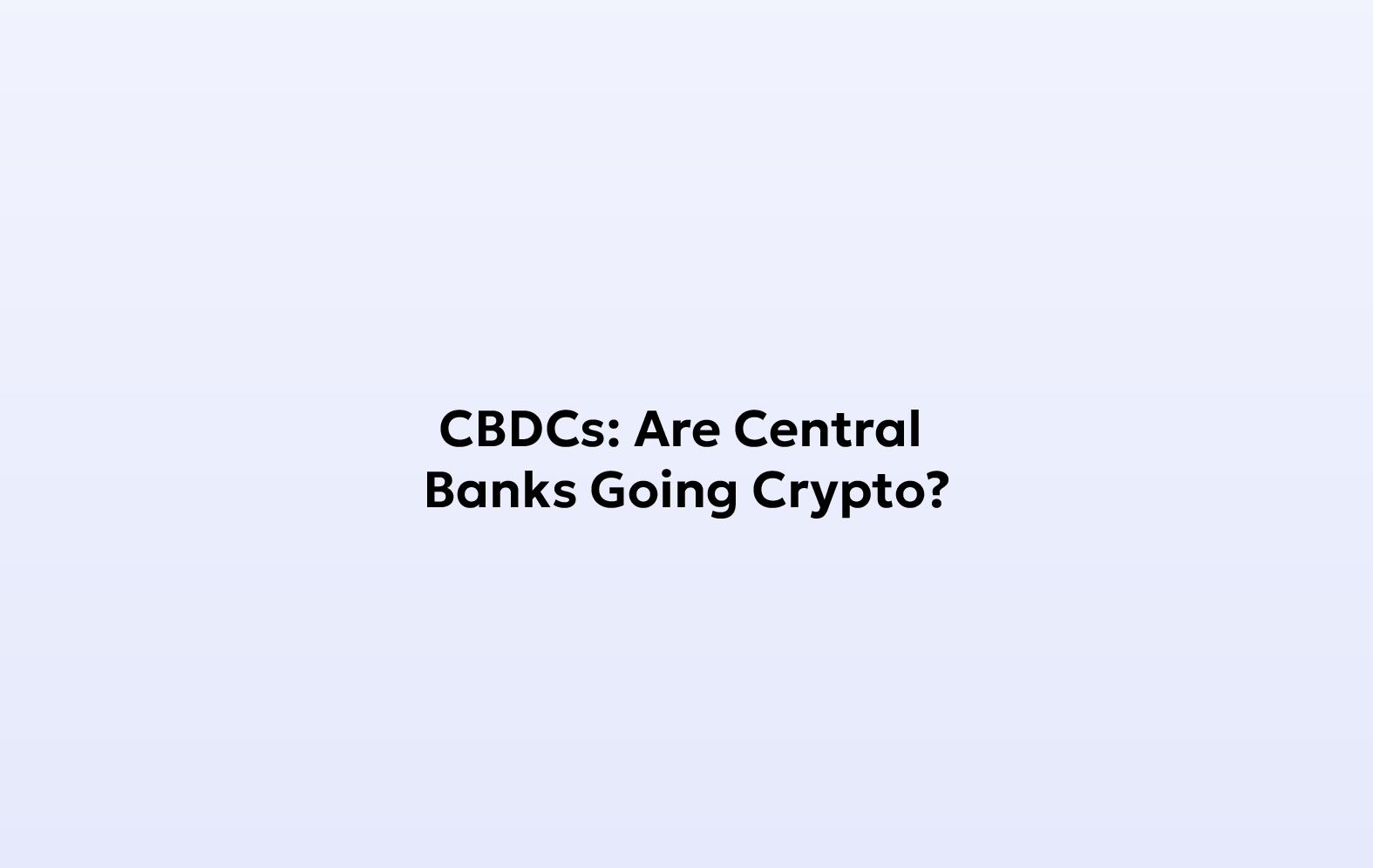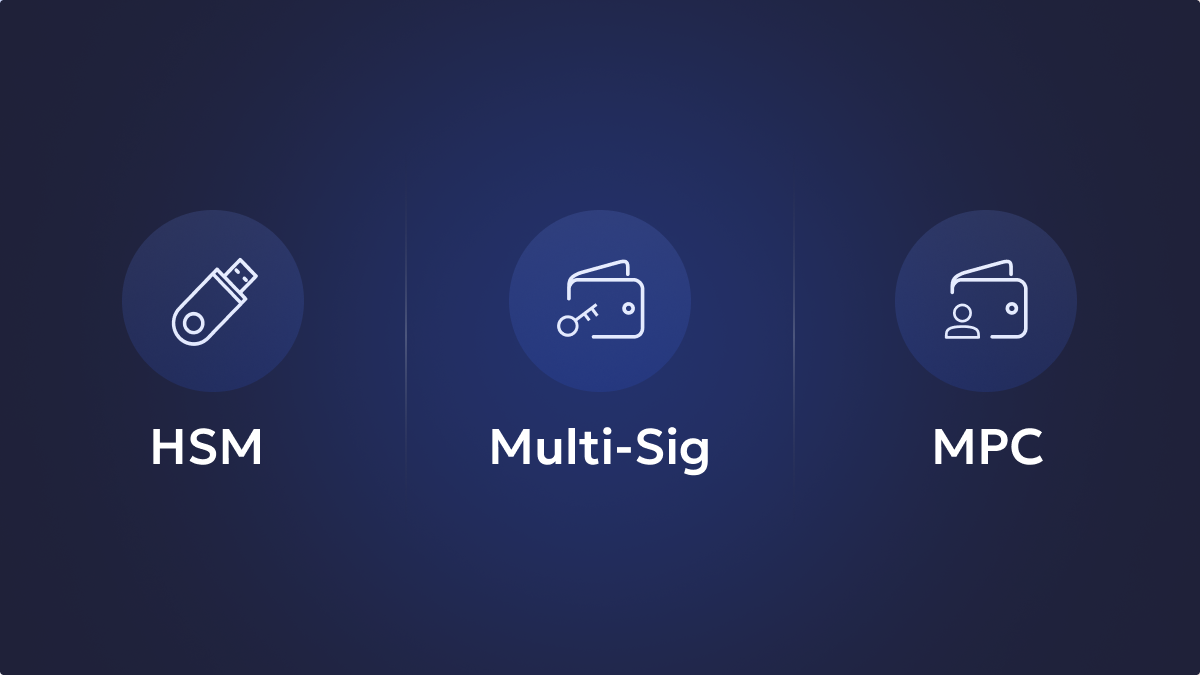Cryptocurrency and blockchain technology are witnessing massive adoption worldwide. The technologies governing the decentralized asset space make it possible for individuals from all walks of life and all nationalities to participate in a global financial network. In addition, decentralized ledger technology allows permissionless use of its resources to indulge in financial use cases at inexpensive costs. Thus, those barred or unable to use traditional financial systems benefit from an ecosystem of highly inclusive financial networks.
The inclusivity and accessibility of cryptocurrencies are attracting many users into the digital asset ecosystem. Further, digital payment systems, including centralized ones, witnessed a surge in users during the pandemic and its consequent lockdowns. As a direct impact, cash payments have begun facing drastic declines in most countries. Thanks to the increasing influence of centralized and decentralized digital systems, the central banks of several countries are looking to create national infrastructures for digital money. Digital money, known as Central Bank Digital Currencies (CBDCs), is being developed and implemented as a way for governments to harness the benefits of the digital economy.
What Are CBDCs?
Central Bank Digital Currencies, or CBDCs, is a digital implementation of a country’s sovereign fiat currency. Like the fiat cash in circulation, CBDCs are issued and controlled by a nation’s central bank. The term CBDC has grown in usage over the past few years as the world moves towards cashless, digital economies. Crypto assets and blockchain use, too, have spiked.
Unlock the potential of digital assets for your institution
Nations worldwide want to set up digital infrastructures for their citizens to transact in a trusted and safe manner. A list of countries like Nigeria and The Bahamas have already rolled out CBDCs for their nationals to use. Over half the world’s nations are involved in developing their CBDCs.
Nationwide CBDCs are no longer conceptual – large-scale legal digital tender is witnessing usage. The heightened interest and implementation, of course, comes from governments and central banks wanting to protect people from the risks that digital payment systems can pose. Centralized digital infrastructure operated by money service providers can face issues during times of economic turbulence.
Why Countries Are Looking to Implement CBDCs
During financial crises, private banks and service providers can face insolvencies or bank runs caused due to the fear of insolvency. The entities, as a result, face liquidity issues, and their customers end up not being able to access the money they are owed. On the decentralized side of things, individuals are subjected to severely risky market conditions because of cryptocurrency volatility and their high potential for scams.
Secure and manage your digital assets with Liminal
Central banks of several nations, thus, find it necessary to provide their own digital fiat tender to protect their countries from financial instability and other consequences the present digital infrastructures can pose. For instance, there are growing concerns about how cryptocurrency usage can destabilize countries’ financial systems.
To that tune, governments and central banks are taking measures to prevent the threats that decentralized digital assets are arousing. One such example is the opposition to stablecoins from legislators across geographies due to their potential to replace domestic fiat currencies. Introducing CBDCs is the next logical step in offering digital currencies with firmer foundations.
Furthermore, CBDCs can bring the benefits of programmable money to the mainstream financial system. Smart contracts can be used to execute banking functions at the wholesale and retail levels to introduce new use cases to TradFi and enhance existing financial tools and processes.
CBDCs, like cryptocurrencies, can also make the financial system accessible to populations that do not have the resources to indulge in it. They can eliminate the costs attached to finance – the infrastructure and the intermediaries involved – directly connecting individuals to their nation’s central banks. It is an important reason so many countries are looking to roll out CBDCs.
Large segments of the population remain unbanked and rely on expensive and predatory financial services like payday loans. There is a lack of basic financial amenities for vast numbers of people because of the costs it takes to set up infrastructure. Certain groups cannot even deposit their cash with financial institutions for interest. CBDC rollouts can financially empower such populations.
The digitalization of legal tender will also bring in cheaper and near-instant transaction settlements, enhancing business and banking processes. Cross-border payments will also witness more efficient settlements for a fraction of the current costs.
On the other hand, central banks can improve various aspects of their monetary policies, too, thanks to digital currencies. In fact, the ability to better implement monetary policies is one of the main drivers behind CBDC adoption. By eliminating intermediaries and making the financial system highly inclusive, central banks can work on better tackling inflation, unemployment, and other issues. Policies can then directly affect a larger sum of people, achieving the needed results to foster stronger economic growth.
Obviously, creating a highly inclusive financial system on a nationwide scale is no joke. Altering the functioning of entire financial systems is more than just an experiment, and countries are working diligently toward bringing adequate infrastructure aimed at economic growth. Additionally, nationwide digital currency infrastructures can make it possible to track illicit activity, better-aiding law enforcement authorities in warding off criminal activity. CBDCs offer a clear digital trail, unlike cash which is less easy to track.
How CBDCs Can Operate
Central banks, further, will be responsible for implementing Anti Money Laundering (AML) and Know Your Customer (KYC) frameworks tailor-made for CBDCs to prevent and report illicit activity. Such frameworks will depend on the kind of technology adopted to facilitate the digital payment process. Central banks worldwide are currently looking at two different models to offer functionality to CBDC infrastructures.
1. CBDCs Based on Cryptography
The CBDC can rely on a private blockchain infrastructure, where the nodes are maintained by the central bank instead of them being distributed around the world like in the case of Bitcoin, Ethereum, or any other public blockchain. The CBDCs will exist in the form of cryptographic tokens, held and transacted with cryptographic wallets using public and private keys. Central banks will need to implement identification measures in every wallet to keep track of those behind the transactions. Similarly, AML frameworks must be customized to the blockchain-based setup for detecting illicit activities.
2. CBDCs Based on Banking Infrastructure
On the other hand, CBDCs can also be linked to customer bank accounts. Commercial banks can develop CBDC wallet applications that connect to users’ accounts, enabling them to conduct fiat transactions digitally. The transaction info, bank balance and other relevant information can be stored on the bank’s ledger which will not be a blockchain.
The ledger will be an enhanced version of what is being used by banks for fiat cash transactions today, tuned to meet the functioning of a digital currency. The advantage of this approach is that the CBDCs can be adapted into the existing banking infrastructure with pre-existing AML frameworks and customer due diligence.
Types of CBDCs
Whichever way central banks decide to go with the underlying CBDC infrastructure, they will be implemented at two different levels – retail and wholesale – bringing about two distinct classifications for digital currencies.
1. Retail CBDCs
Retail CBDCs will help bring digital currencies to individuals and businesses to make payments in exchange for goods and services along with other financial use cases like availing credit from commercial banks. Retail CBDCs are aimed at bringing financial inclusion to unbanked individuals, allowing central banks to implement monetary policies with better efficacy at the grassroots.
2. Wholesale CBDCs
While retail CBDCs will be used by individuals and businesses, wholesale CBDCs will be created to settle payments, finance, and trade at the interbank level. Moreover, commercial banks will be obligated to use CBDCs as the medium to store reserves in their central bank accounts, which will further allow central banks to set interest rates, affect lending, and, consequently, the spending.
The Downsides to CBDC Implementation
Collectively, both retail and wholesale CBDCs have the potential to overhaul the traditional financial ecosystem by increasing efficiency while bringing down associated costs at multiple levels. The changes brought about by CBDCs will allow central banks to have greater influence over their respective country’s financial ecosystems. Such control allows the central bank to directly affect changes in the economic growth of the country. However, bearing such a level of influence on an entire country’s economic infrastructure can be a double-edged sword.
Centralization of monetary and fiscal power in the hands of one entity can also turn out to be detrimental to the interests of the nation and its citizens, leaving everyone at the mercy of central banks. Some proponents of decentralization believe that CBDC implementation could be a smokescreen to derail the momentum of decentralized cryptocurrencies. Let the possible blockchain technology implementation not fool you – private blockchains are still controlled by centralized entities. Therefore, CBDCs do not offer the same benefits as cryptocurrencies, although they can exist in the form of blockchain tokens.
Pseudonymity, for instance, is why individuals prefer transacting with cryptocurrencies over blockchains. The heightened privacy offered by decentralized blockchains does not exist with CBDC infrastructure, however. KYC compliance requirements will make it so that every wallet and account is linked to its users.
Thus, every facet of one’s transactional history and dealings with money will be available to the central bank and the authorities that are granted access to it, killing privacy in the financial system. Furthermore, tremendous amounts of financial and identification data about individuals stored in centralized repositories is seldom a clever idea because of the possibilities of hacks and attacks.
CBDCs Can Revolutionize Financial Systems
CBDC implementation looks like the logical way to go for countries, considering the popularity of digital payment systems. Despite shortcomings on the privacy end, the digitalization of economies can tremendously improve their growth. With a stronger central bank presence, countries can better deal with financial crises. Banking customers, too, can be at ease knowing that their money is safer because of a wider central bank influence. Worries about bank runs and insolvencies experienced by private, commercial banks and money service providers will cease to exist. The role of commercial banks will, moreover, shift because of the responsibilities that central banks will assume. Needless to say, the CBDC implementation that has happened in some countries and is going to happen soon in the rest can revolutionize their financial systems.






